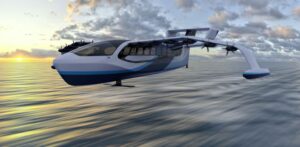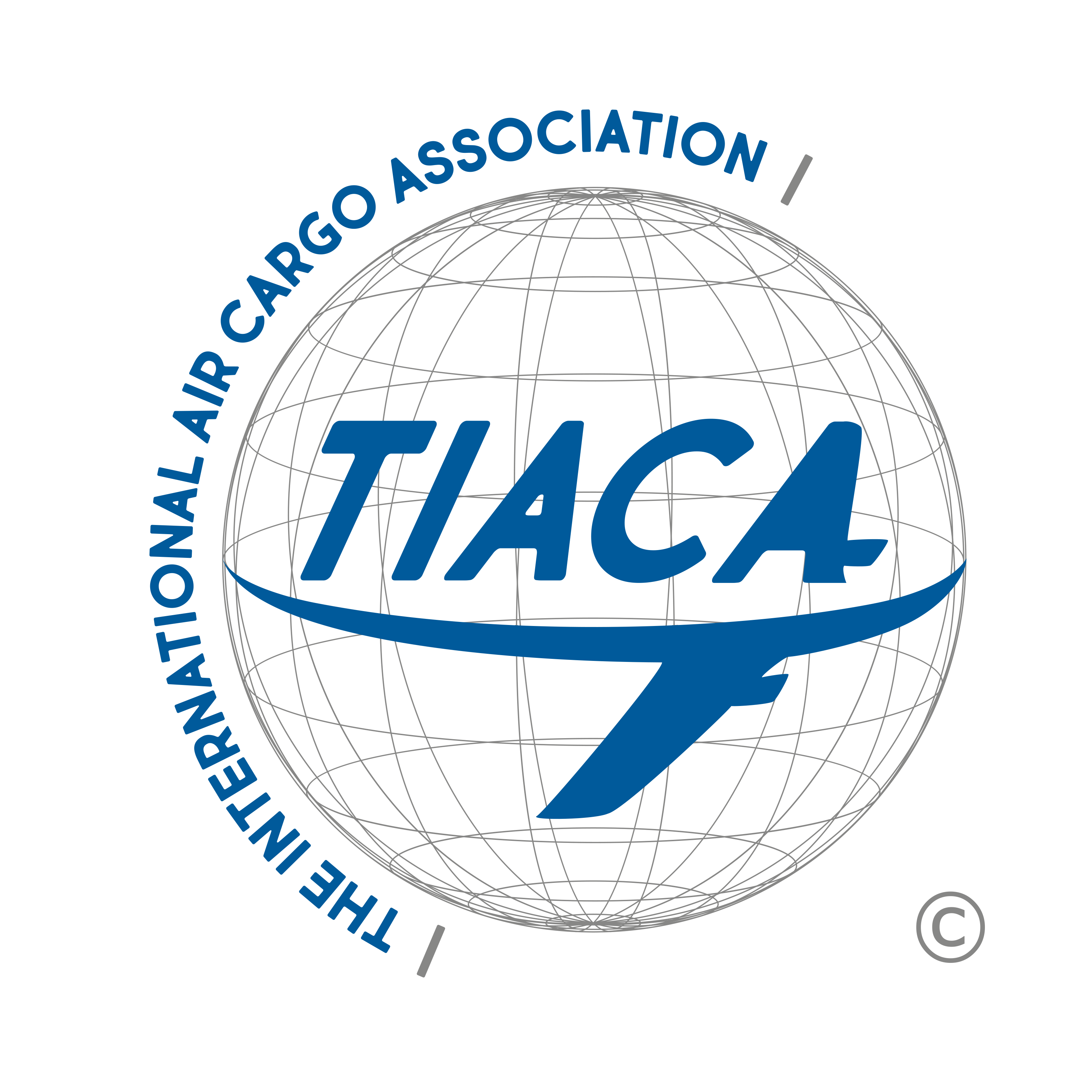Seagliders: Pioneering Air Cargo Decarbonization
Article submitted by: Regent Craft
2023 Air Cargo Sustainability Award Winner – Start-up/Small Business Category
Written by: John Parris, Senior Content Marketing Manager, Regent Craft
As the air cargo industry continues to search for more innovative, sustainable solutions, a quiet revolution is beginning to take shape in the form of seagliders.
 REGENT is reshaping middle-mile coastal transportation with our high-speed, electric, wing-in-ground effect vessels (WIGs) that will cover up to 180 miles at speeds reaching 180 mph. Seagliders represent a significant stride towards sustainable operations and are poised to play a key role in the cargo industry’s future.
REGENT is reshaping middle-mile coastal transportation with our high-speed, electric, wing-in-ground effect vessels (WIGs) that will cover up to 180 miles at speeds reaching 180 mph. Seagliders represent a significant stride towards sustainable operations and are poised to play a key role in the cargo industry’s future.
Our design combines the best of maritime and aviation technology, setting our vessels far apart from the Cold War-era WIGs of the past.
A seamless transition between floating, foiling and flying modes ensures seagliders can safely navigate harbors and channels and achieve takeoff and landing amidst even challenging weather conditions.
Our wave piercing hull provides maximum stability in harbors and ports. Hydrofoils, a feature that previous WIGs lacked, create wave tolerance, maneuverability and stability at speeds up to 58 mph. Our blown wing, powered by electric propulsion, allows seagliders to achieve takeoff at relatively low speeds and extend the effective range, gliding within a wingspan of the water in ground effect. Most importantly, safety is never compromised.
The direct implications for the air cargo industry are clear; a remarkable reduction in operational costs (estimated to be half that of conventional aircraft), coupled with a dramatic improvement in speed and wave tolerance over boats and ferries, all with zero emissions.
The impact of seagliders will extend far beyond operational efficiencies and convenience; they will help accelerate the industry’s progress towards its social, environmental, and economic goals.
The design of our electric propulsion systems significantly mitigates noise pollution. It allows seagliders to comply with noise restrictions, reducing the risk of complaints and potential litigation. This, in turn, can help operators improve their reputations and enhance their ability to attract customers, partners and investors. In addition, the quiet operations will help reduce noise-related fatigue among workers.
Fostering a more conducive work environment will increase retention and productivity, while adopting a new innovative technology will create an ecosystem of high-tech, high-value jobs in a sustainable logistics sector.
With their zero-emission operations, seagliders will have a profound impact on the environment. In 2022, the air cargo industry emitted 2.35 mega tons of CO2. Today, most companies are looking at Sustainable Aviation Fuel (SAF) as their path towards net zero, but current output can’t keep up with the demand. In fact, it’s estimated that maximum European production will support just 5.5% of total jet fuel demand in 2030. Implementing seagliders enables the preservation of limited resources like SAF, they are an ideal addition for those with coastal and inter-island needs.
While it may appear that catering only to coastal routes might limit the impact of seagliders, over 40% of the world’s population lives in or near coastal communities. These regions are driving a massive amount of demand for food, freight and parcels, and the potential for seagliders to open new, cost effective routes will unlock access to previously underserved markets and new revenue opportunities.
We’ve already completed successful trials with our quarter scale prototype and our full-scale prototype is scheduled to begin testing by the end of 2024. Soon, seagliders will be charting a course towards a smarter, greener, and more accessible future—one where our cargo reaches its destination quickly, efficiently and sustainably.


